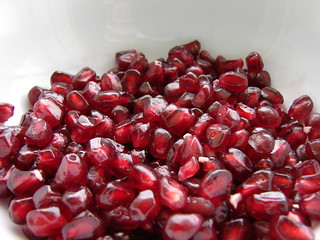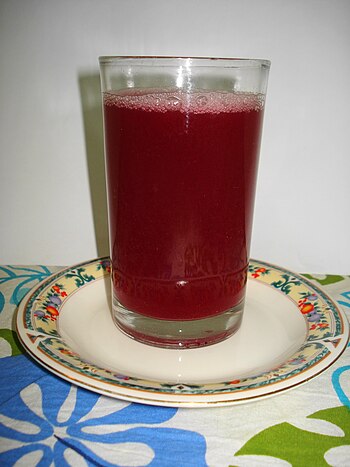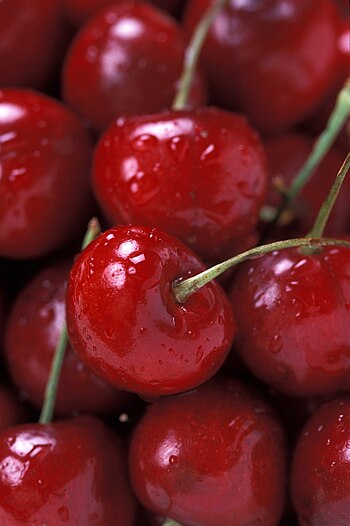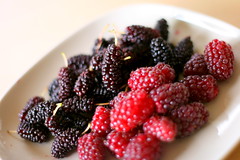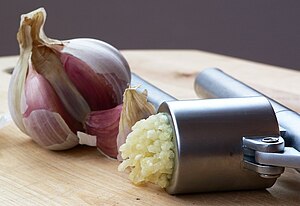Happy New Year! I hope you had a great holiday season, and a good finish to 2011. Furthermore, I hope that 2012 is an even happier and healthier year for you and your family.
We'll keep you up to date with great tips and strategies for keeping your home and body healthy and free of toxins, and while you're thinking of it, why not head over to
http://www.newholisticliving.com/toxicload.html and grab your
FREE Checklist for making your home cleaner and greener to start off the new year?
 Image via Wikipedia
Image via WikipediaAnd this week we've got some great tips for getting a healthy start, and refreshing your body and mind after the rush of the holiday feasts and visits. These tips will help you get rid of that post-holiday bloated feeling, and renew your energy so you can start your year off feeling healthy and good, without going on any crazy crash diets.
When the goal is rejuvenating the body, mind and spirit, the method should be smaller, more frequent snacks and meals. This will help keep energy levels on an even keel, and regulate your blood sugar levels to avoid spikes and dips. When you choose the right combination of foods, your body gets the much-needed boost it needs to sustain itself properly, even through those slumps later in the day. So dump those high sugar junk foods and reach for the following foods and get that boost you need.
Any fresh fruit, especially with skins or seeds like peaches, apples, pears, oranges, and strawberries, is a great source of vitamins and fiber. In the summer you can choose a peach and get plenty of dietary fiber, niacin (vitamin B3), potassium, beta carotene and vitamin A, plus high amounts of vitamin C. Niacin is important for providing energy for cell tissue growth. Along with regulating fluid balance, potassium helps maintain the electrical stability of the cells of your heart and nervous system and is important for cell and muscle growth. Vitamin B12 plays a role in red blood cell formation, nerve function, and metabolizing protein and fat.
Dried Apricots and Almonds combination provides a high amount of vitamin A, iron protein and dietary fiber. Both foods are low in cholesterol and sodium, and apricots are a great source of potassium, which is important in regulating your body's fluid balance. The vitamin A in apricots contributes to healthy vision, bone growth, and reproduction, and helps fight infection.
Raisins are a healthy, low-fat, low-cholesterol, and low-sodium snack with significant amounts of potassium, phosphorus, copper, and iron, and when mixed with low-fat yogurt, you also get riboflavin (vitamin B2) and vitamin B12, as well as a high amount of calcium, which is needed not only for strong bones and teeth but also plays a key role in the normal functioning of the heart and other muscles.
 Image via Wikipedia
Image via WikipediaBaby carrots and sesame sticks are a tasty treat that will provide significant amounts of beta carotene, vitamin A, vitamin C, folate, vitamin B6, iron, potassium, copper, and fiber. Beta carotene helps protect against diseases like heart disease and some cancers.
Vitamin A is important for healthy skin, for better night vision, and to fight infection and respiratory ailments. Folate, or vitamin B9, is essential to human life, helping to form red blood cells and break down proteins, and playing a key role in cell growth and division.
Peanut butter on some whole grain crackers is an excellent source of protein, iron, niacin, and fiber. Peanut butter on celery is a classic snack, has great staying power, and the celery is stuffed with numerous vitamins, minerals, and is high in fiber. Low-fat string cheese is a good quick source of protein and calcium. They come in easy-to-carry individual servings and you can add a piece of fresh fruit for extra fiber.





